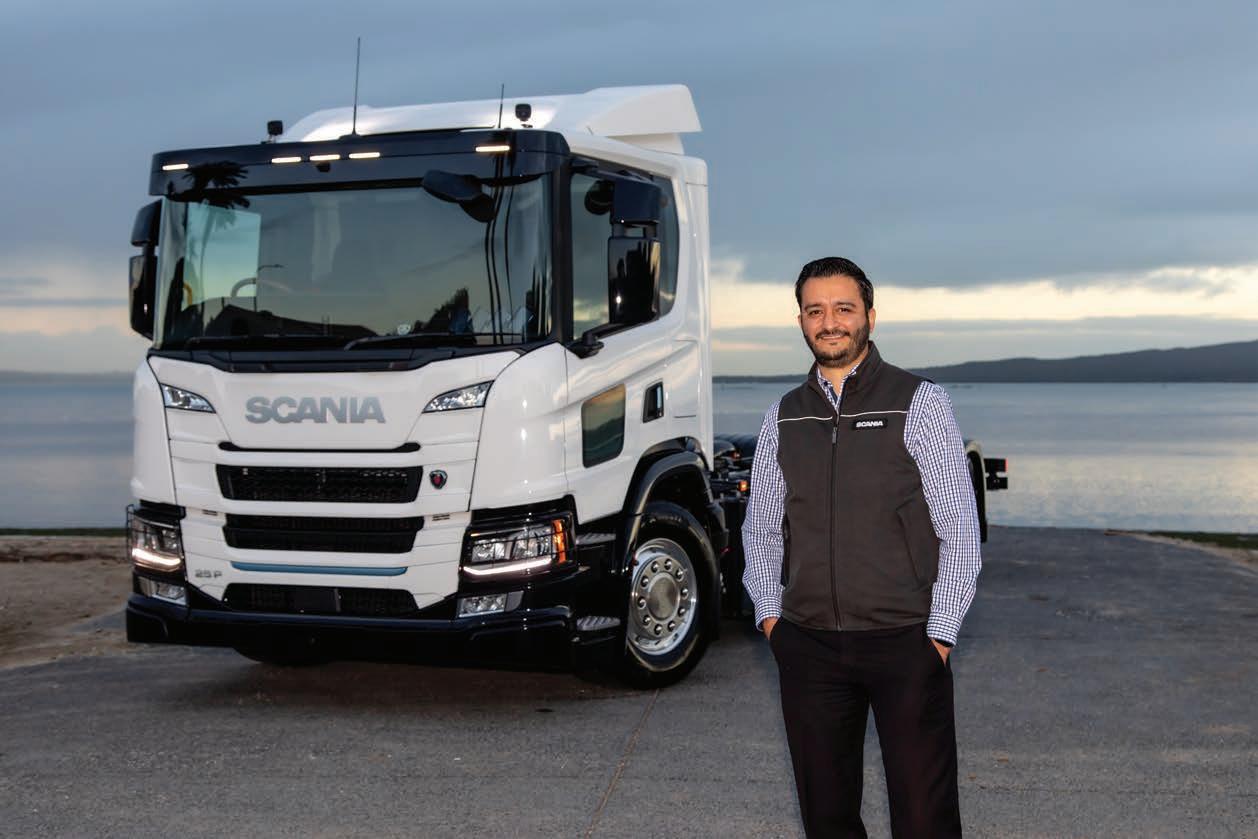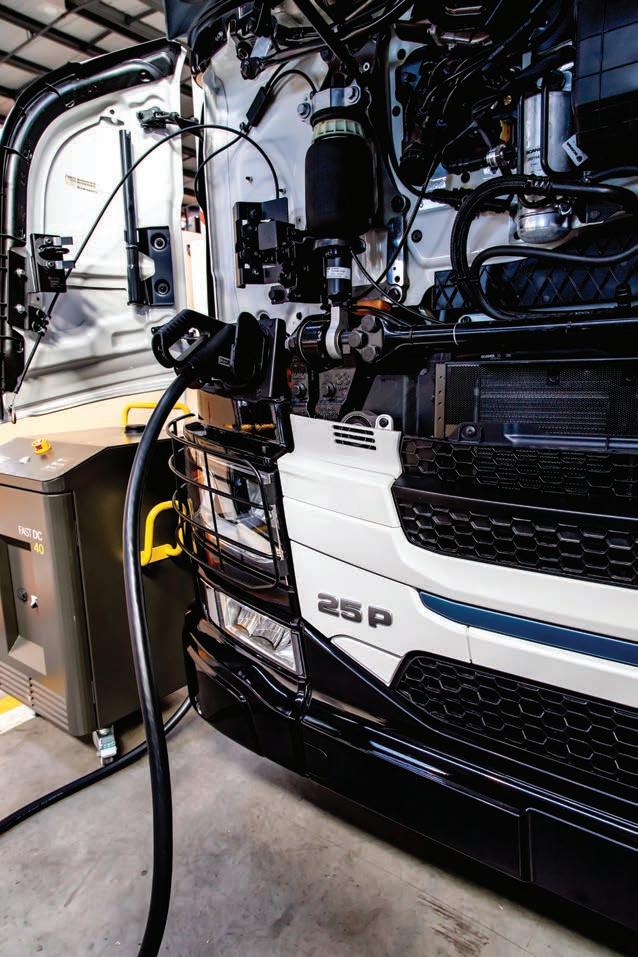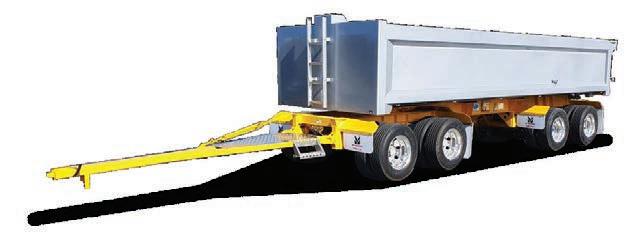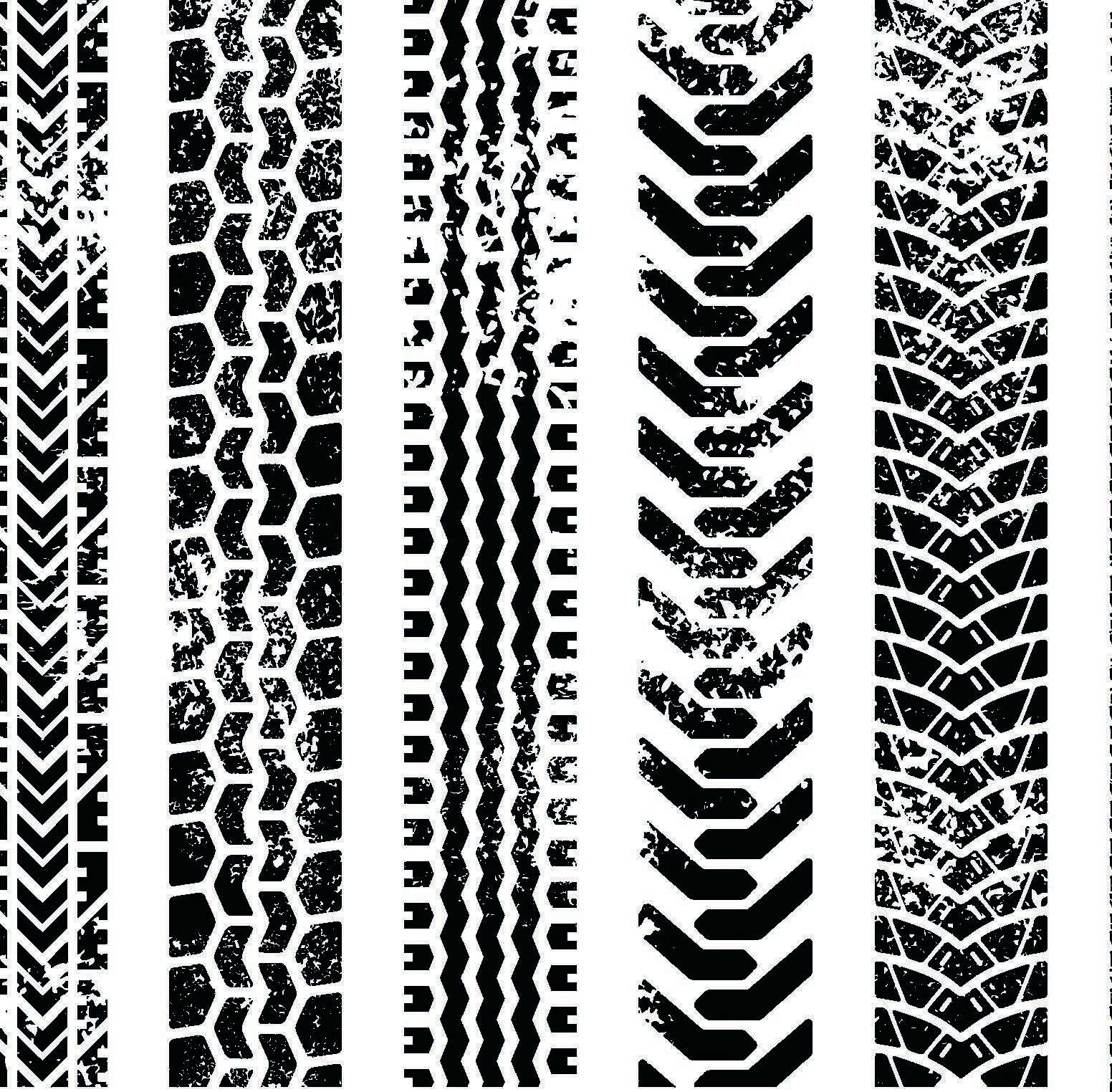
7 minute read
Switching On
Scania New Zealand managing director Rafael Alvarenga introduces the new Scania 25P battery electric truck.
Scania makes the switchBy Colin Smith
IT WAS MORE THAN A NEW TRUCK REVEAL. SCANIA NEW
Zealand’s early-June launch of its first battery electric truck model, and a future product timetable that will introduce a new EV model each year, has involved a lot of preparation.
Introducing an alternative powertrain obviously requires new service and diagnostic tools. But Scania New Zealand managing director Rafael Alvarenga says the most important task has been building competency with the technology – both within and outside the dealer network.
“With the hardware we have a lot of experience globally. We can easily make a list of the things we need to support this truck and get them shipped here,” says Alvarenga.
“But going through this journey we realised the most important thing was training for the different competencies, because it’s a different vehicle. You don’t have the usual diesel engine that many people know by heart and could fix while they’re wearing a blindfold.
“This is a different thing because you need to take care of the high voltage.
“We need to train people and you need a separate area in the workshop to service the vehicle.”
Alvarenga says it’s also important to instruct all of the other stakeholders, including customers, towing operators and emergency services on the specifics of EVs.
“The vehicle will go to a body builder so they need to understand what they can do in the process of building the body,” he says.
“Wherever the vehicle goes there is a need to know `what can I do and what can I not do’.
“So, I would say the major point is education. Which is a journey we need to keep continuing. As we grow on this journey we will have to disseminate the knowledge down the organisation to a point where everyone will know how to touch this vehicle.”
Two electric Scania’s have arrived in New Zealand as the top-selling brand in the heavy truck segment begins its zeroemissions push.
Alvarenga says Scania’s global focus on alternative fuels and emissions reduction technologies also includes hydrogen and bio fuels. And while the brand also has hybrid trucks on sale in Europe, Alvarenga believes a combination of EVs and the latest


Above: The first BEV models are designated 25P and 25L. Right: Recharge point is just above the right head light. Below: The tachometer is replaced by a battery charge indicator.
generation diesel engine trucks is the best fit for the New Zealand market.
On the subject of hybrids he says they are best suited where vehicles are running long distances and then need to enter specific areas of a city where they are not permitted to use a combustion engine.
“We are realising the best solution is the BEV. We can get the benefit right away, from the first kilometre it runs,” he says.
And he believes BEVs achieve a more efficient use of energy than hydrogen fuel cell vehicles.
“Scania always looks at efficiency. Direct electrification is the best way forward. Scania is looking at all the technologies available today including bio fuels. Electrification will have the greatest long term effect.”
Using its 2015 global company emissions as a base, Scania’s target is a 20% reduction in the carbon emissions of its produced vehicles by 2025 and a 50% reduction in all emissions by 2030. The aim is to achieve net zero carbon emissions by 2040.
As for future models headed to New Zealand Alvarenga says his team is already planning for future BEVs but wouldn’t be drawn on which segments of the market they will serve.
“Every vehicle we design we are looking at the topography, looking at the range and so on. That will define the design of the next vehicles.”
However recent European press releases have confirmed production of Scania R and S cab BEV models with 410kW output, up to 64t capacity and a range of about 350km will begin in 2024.
“A lot of different models coming and a lot of them will be relevant for New Zealand,” he says.
Scania New Zealand’s sales goal for electric truck sales is to mirror the brand’s global targets.
“We have a global target that is the same as the one we are bringing to New Zealand. By 2025 we aim that 10% of our sales are going to be electric vehicles. And by 2030 it’s going to be 50%. This is the aim in terms of sales and we want to follow that pattern here.”
Put in perspective Scania sold 447 new trucks in New Zealand last year. If overall Scania sales are tracking towards 450-500 units by 2025, the brand will be selling in the region of 50 BEV units annually.
“It’s only natural to take more time in the beginning. At this stage we are talking with early adopters. The whole ecosystem is being built so we are talking with them about the feasibility and what the benefits are,” Alvarenga says.
The first two units to reach New Zealand are 29-tonne (GVM) battery electric vehicles with a range of up to 250km suitable for short and medium haul journeys.
Scania’s global headquarters in Sweden selected New Zealand as one of the first markets outside of Europe to launch this model because of New Zealand’s promotion of and access to renewable electricity generated from wind, hydro and geothermal sources.
The initial launch sees Scania offering the electric newcomer in both P and L cab configurations and a choice of 4x2, 6x2 and 6x2*4 axle combinations. Wheelbases between 3950mm and 5750mm can be ordered.
There are options for either five or nine lithium-ion batteries

Electric motor develops 230kW continuous output and there are options for five or nine batteries. - totalling 165kWh or 300kWh installed capacity respectively. A wheelbase longer than 4350mm is required for the nine-battery version as the batteries are mounted on the chassis frame.
A 300kWh version has an estimated operating range of 250km when working at 29t GCM. Rapid charging from a CCS type 130kW/200A DC charger is the fastest charging solution.
As well as urban and short-medium haul distribution work the Scania BEV platform can be adapted for refuse collection, hook lift, tipper and concrete mixer roles as well fire and rescue work.
The electric motor delivers continuous power of 230kW (approximately 310hp) with a short-term peak power output of 295kW. Continuous torque of 1300Nm is available with a peak figure of 2200Nm. A 60kW electric PTO allows for emission-free operation of hydraulic and refrigeration units.
A two-speed transmission allows a wider spread of ratios to improve response, highway cruising speed and comfort.
Apart from the EV powertrain the rest of the P45 model shown at the launch function follows contemporary Scania design and equipment themes. Perhaps most noticeable difference is the absence of a tachometer, which is replaced by a battery charge gauge.
“Scania NZ is as serious in its commitment to building a battery electric truck fleet in Aotearoa as our customers are,” says Alvarenga.
“Acquiring an electric truck is not just an investment in the customer’s fleet, but also in their brand and market. An electric truck enables the customer to stay ahead of the competition, learn about infrastructural challenges and start adapting for the future.
The first two Scania BEVs already landed in New Zealand are being purchased by Wiri-based Reliance Transport as part of its Project SWITCH initiative. T&D

WWW.MTCEQUIPMENT.COM James Murray
Free Phone: 0800 451 451 Mobile: 0212283246 Email: james.murray@mtcequipment.com 62 Greywacke Road, Harewood, CHRISTCHURCH



















